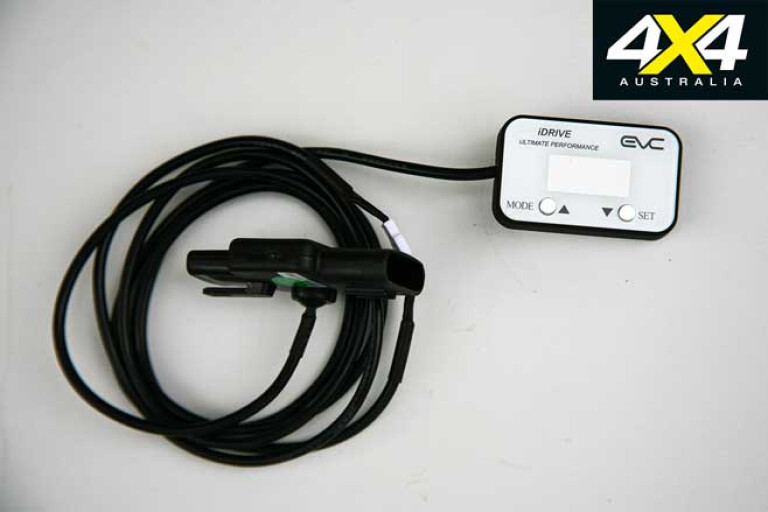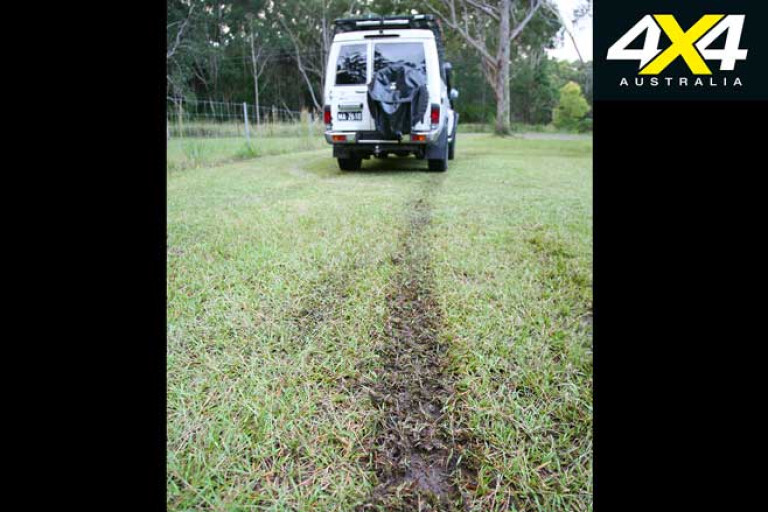
PATIENCE is a virtue, but impatience gets you places faster … for better or worse. In the case of accessing your modern, electronically-controlled, drive-by-wire 4x4’s power, there is plenty hidden beneath the shiny bonnet; so, why does it take so long to be served to the driven wheels?
Lag. Yep, delays, lulls, even a hiatus from the time you stomp your right foot to the time needed to use your neck muscles to forcefully hold your head forward while your chosen rubber flicks gravel out of the rear end.

These unwelcome and unnecessarily annoying delays (generally) revolve around three sources: throttle lag, turbo lag and auto transmissions (if you have one). It’s the former that I’ve been fooling around with on my Troopy for almost two years by fitting an iDrive throttle control system.
While the inner workings of an iDrive are indeed electronically controlled, the end workings of the unit are simple. That is, to speed up or slow down the reaction times between your vehicle’s throttle pedal and the effects you are wanting from it.
The lag between pushing my foot and feeling the big lump of vehicle move can easily be controlled by the iDrive. Setting it to lessen the lag returns a faster reaction for that power to be delivered to the wheels. Changing those settings to increase the lag time provides a slower response time, or increased wait, between action and reaction.
There are occasions when both shorter and longer lag times can be desirable, and it must be stressed that neither option changes the amount of power or torque your vehicle can develop. The iDrive simply changes the wait time for the given power to react.

Before you ask, it’s not just as simple as pushing your foot harder, faster, softer or slower on the pedal; we are adjusting the sensitivity of the pedal and allowing you to access the power how you want it, either faster or slower, from your electronically operated drive-by-wire system.
I was initially nervous at playing around with my 4x4’s electrical system, but fitting the iDrive was a no-brainer: simply unplug the accelerator pedal, plug in the iDrive system and re-plug the O/E pedal into the iDrive to make a piggy-back system. Routing the cable and sticking the tiny control panel to the dash took longer.
I admit to being all gung-ho when I first tried driving my Troopy with the iDrive kit fitted; I turned the performance setting (Ultimate mode) to max and accidentally laid big skid marks on my lawn. As I’d made the accelerator so sensitive, even light pressure poured maximum power into the driveline and had the rubber churning sods of grass sky-high. I’d simply made my accelerator too touchy, rendering it undriveable in that situation. Dialling the settings down to more moderate sensitivities, along with ‘desensitising’ the throttle into Eco mode, returned a massive amount of difference in throttle response.

Then there’s Auto mode, which is the best part of this unit as it seemingly returns a perfect ‘all-round’ accelerator feel by altering throttle performance based on the pressure applied to the pedal. Over the past year with the iDrive I’ve spent the majority of time in Auto mode, a bit of time in Ultimate mode, and dialled down to Eco mode for off-road driving. Just like a good suspension system, the iDrive takes out the spasmodic bumping of the accelerator; instead delivering a smoother drive experience via less responsive throttle.
It’s important to clarify that the iDrive isn’t a performance chip and it doesn’t remap your ECU or change turbo boost. Rather it alters throttle tuning, response or sensitivity to suit the type of driving you want, and it can be modified at the touch of a button depending on terrain or drive situation.
RATED
Available from: www.idriveaustralia.com.au
RRP: $299
We Say: Perfect throttle-tuning tool for modern vehicles

COMMENTS